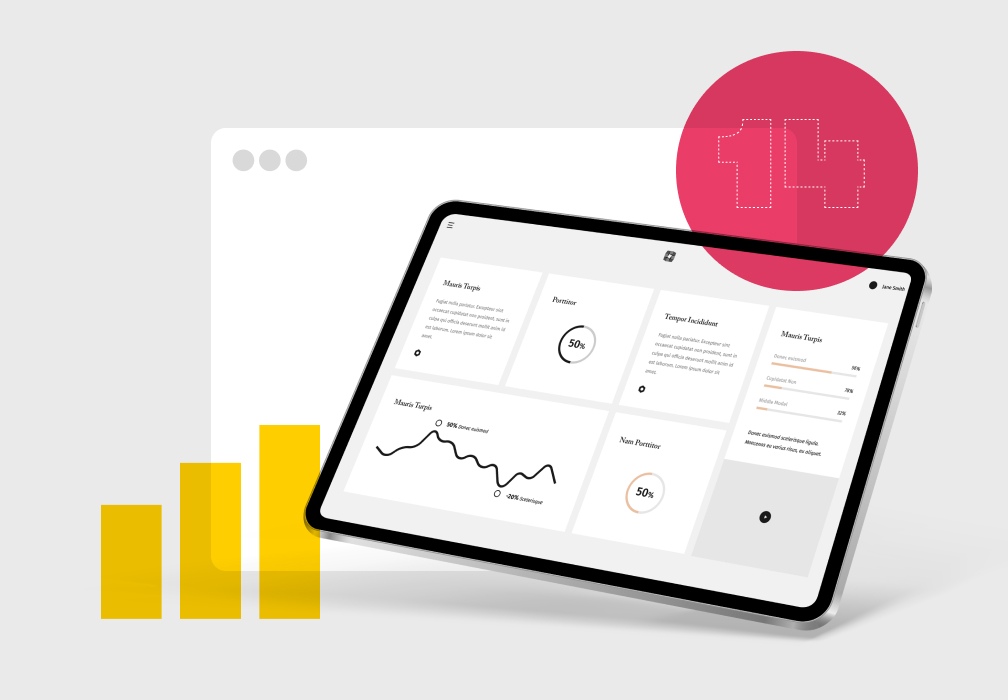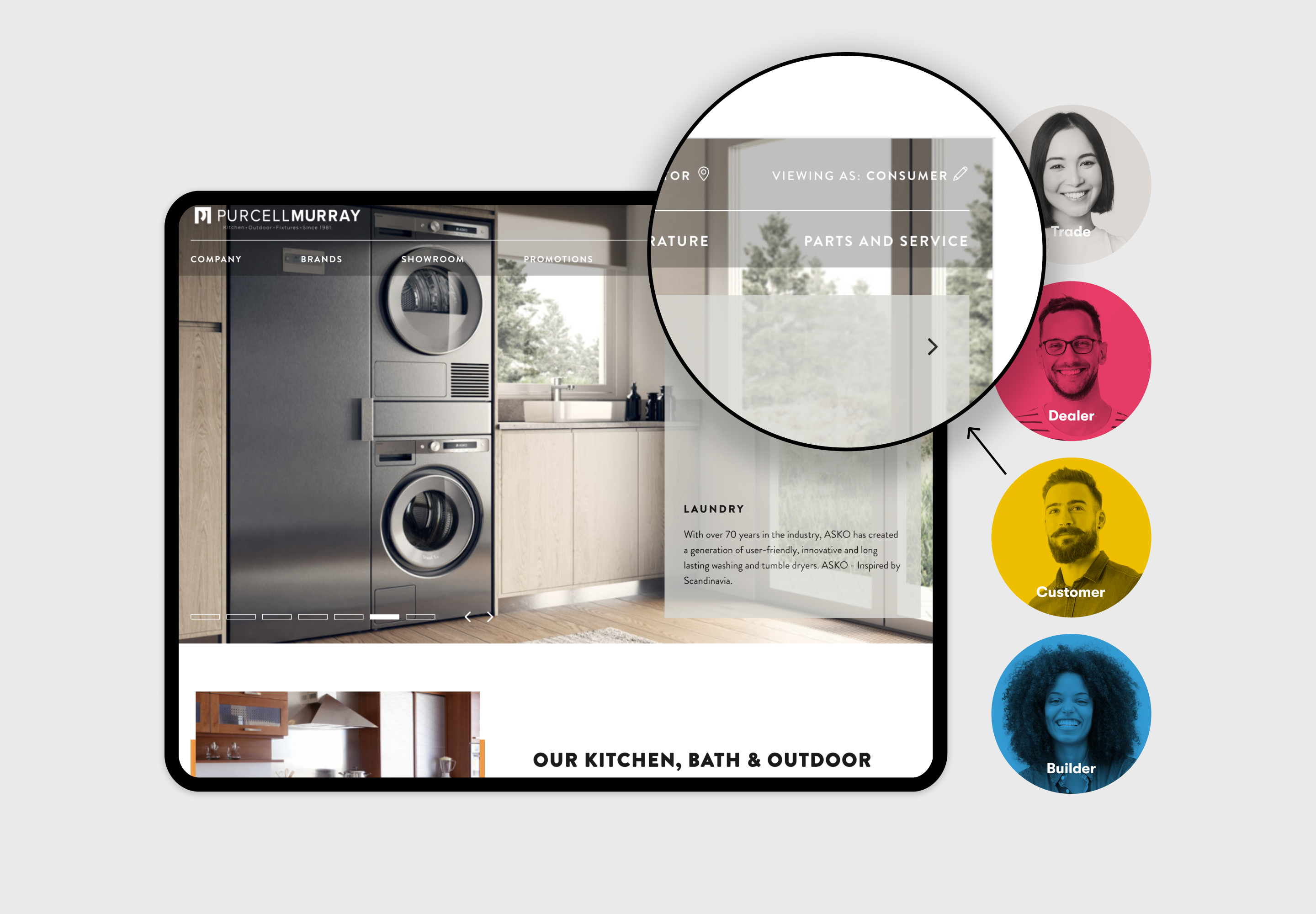In today’s digital age, your website is often the first impression potential customers have of your business. Is your website portraying your brand in the best light and delivering an exceptional user experience? If not, it may be time to consider a redesign.
A well-designed, modern website is essential for engaging your target audience, driving conversions, and staying ahead of the competition. However, redesigning a site is no small undertaking. It requires careful planning, strategic thinking, and a clear understanding of your users’ needs and business objectives.
This comprehensive guide explores the top reasons why businesses invest in overhauling their online presence through a website redesign. From aligning with evolving user goals and behaviors to leveraging the latest technologies and design trends, we’ll examine the critical factors that signal when it’s time for a digital reboot.
By the end, you’ll have a firm grasp on whether your current site is due for a redesign, positioning your brand for continued growth and success in our increasingly digital world.








